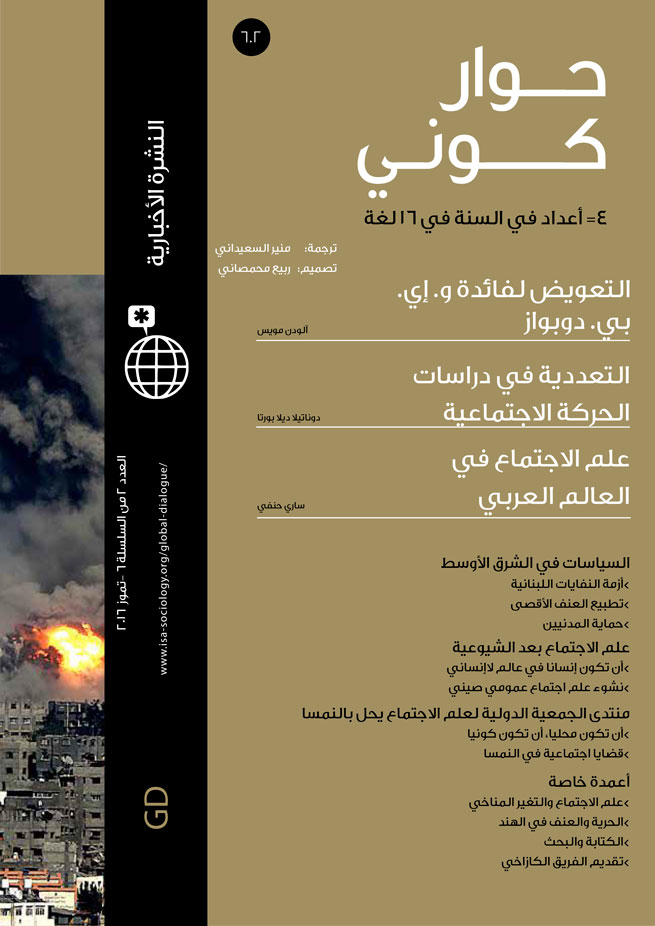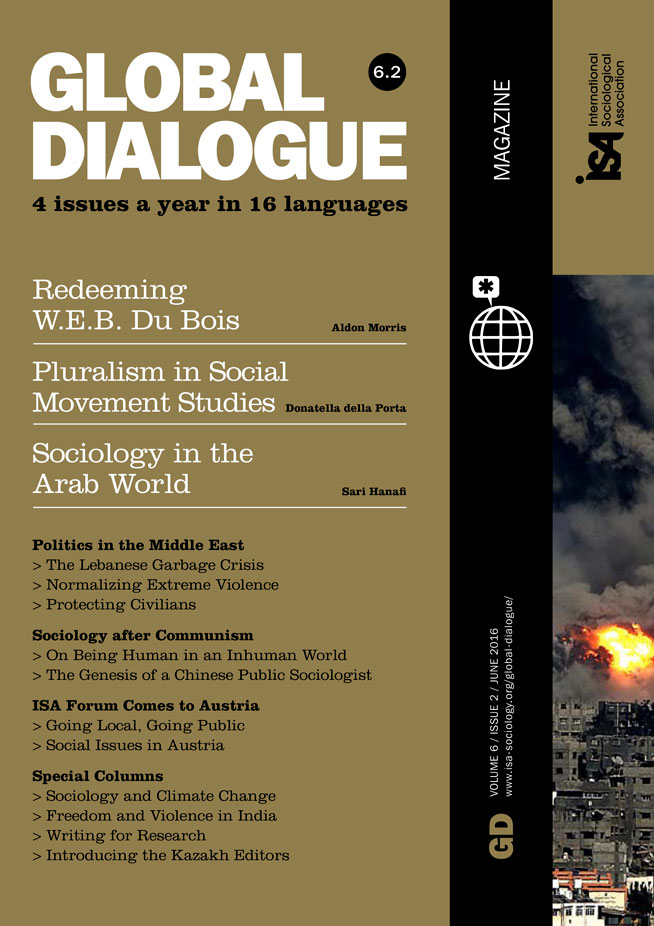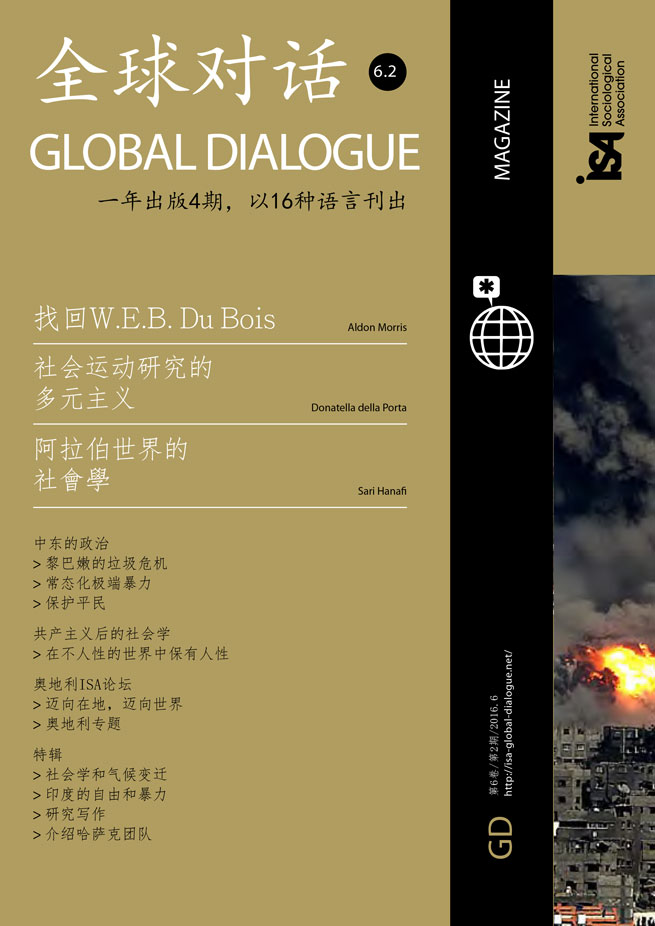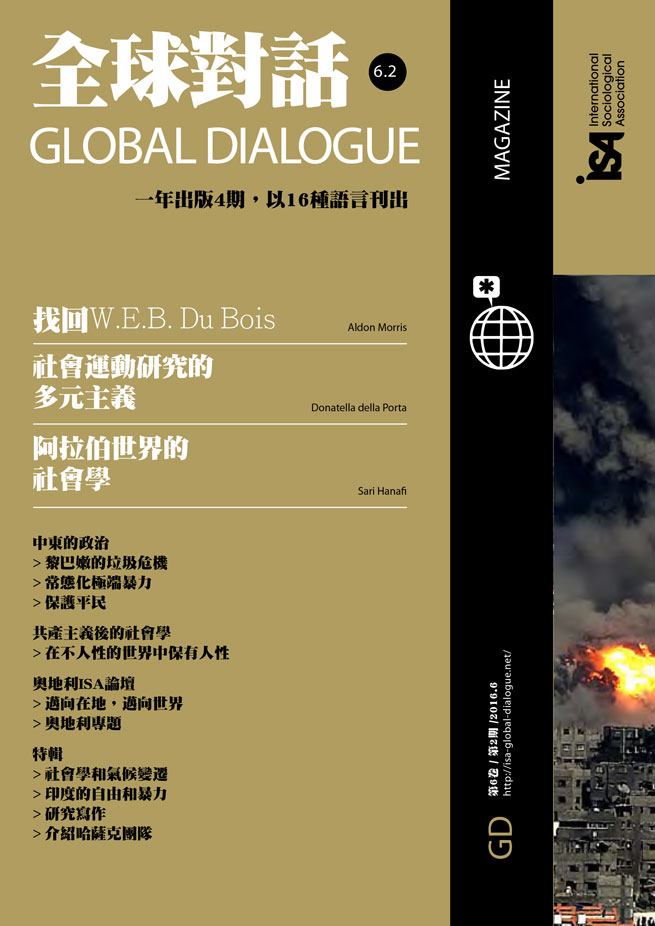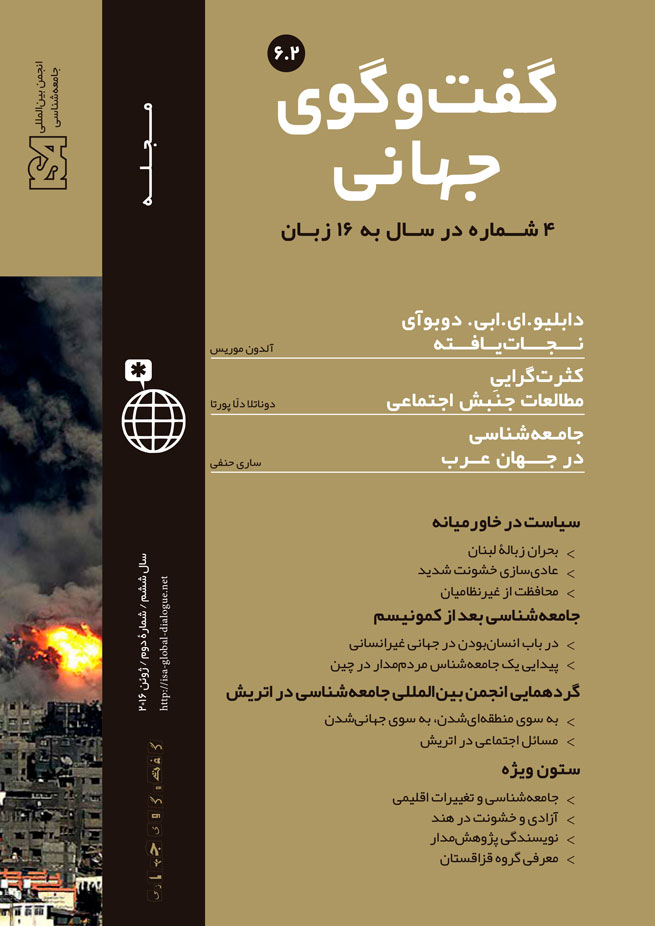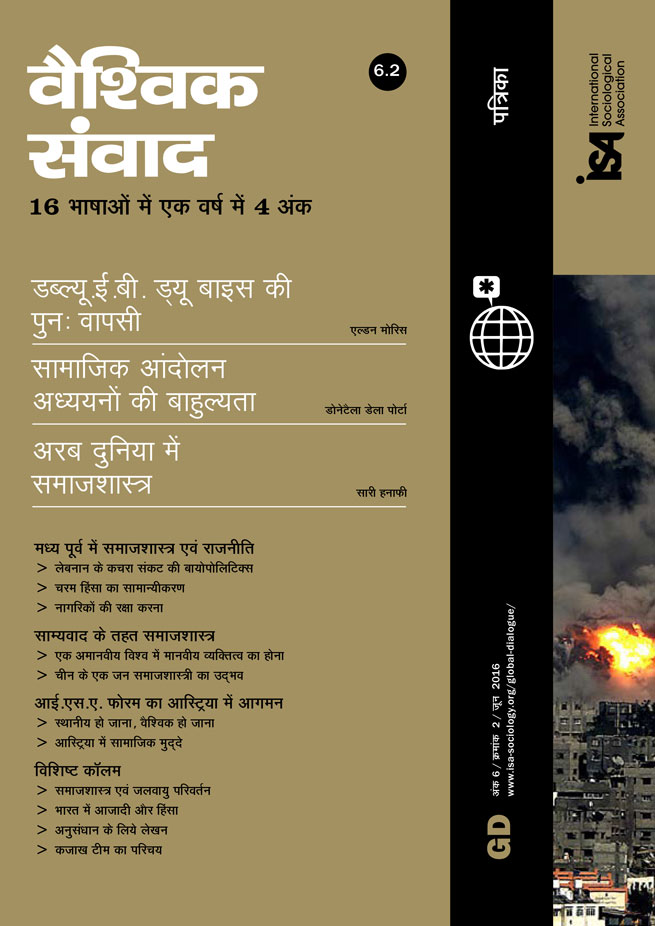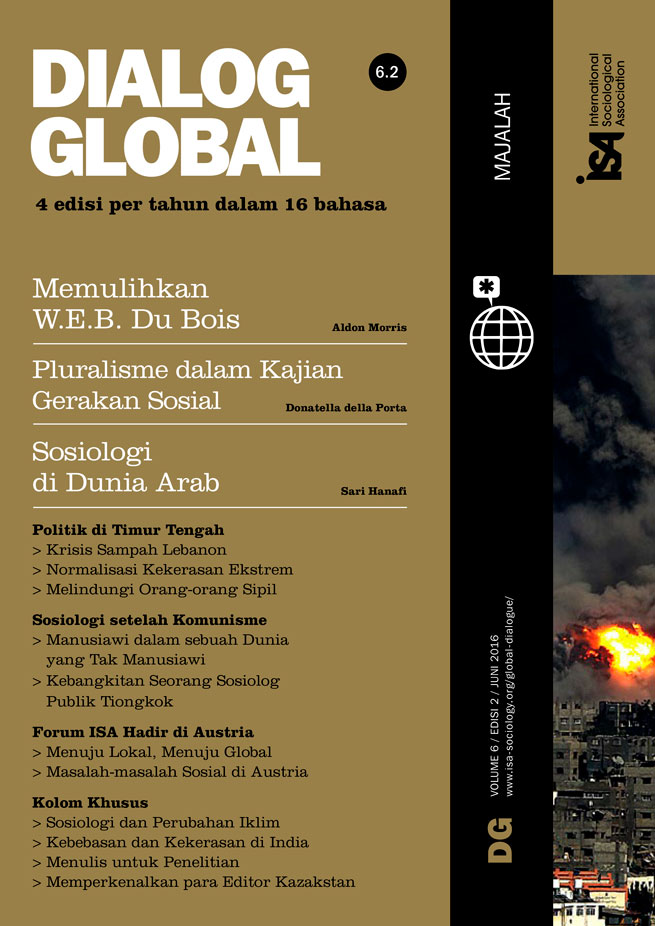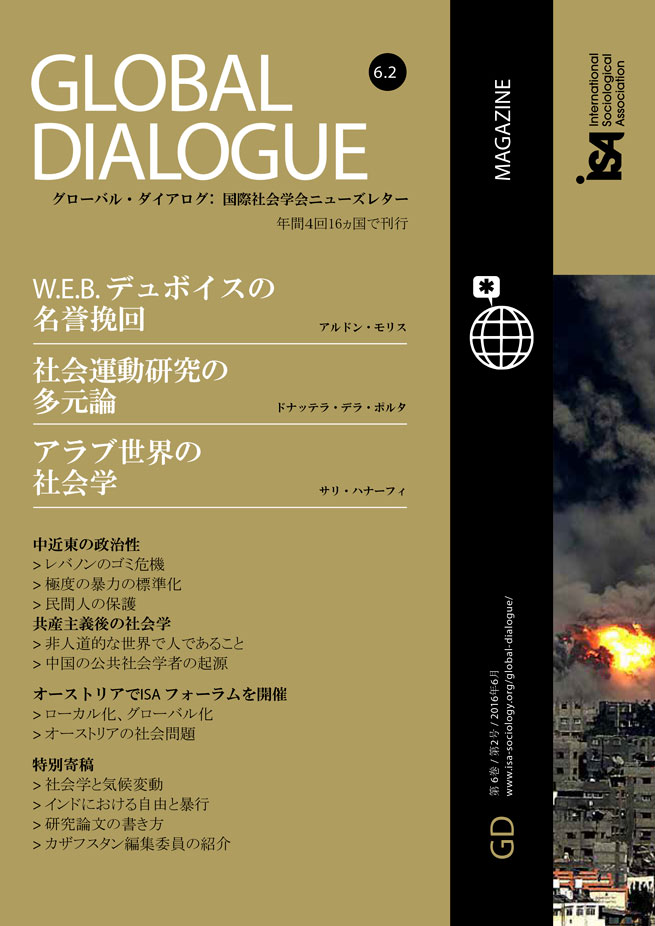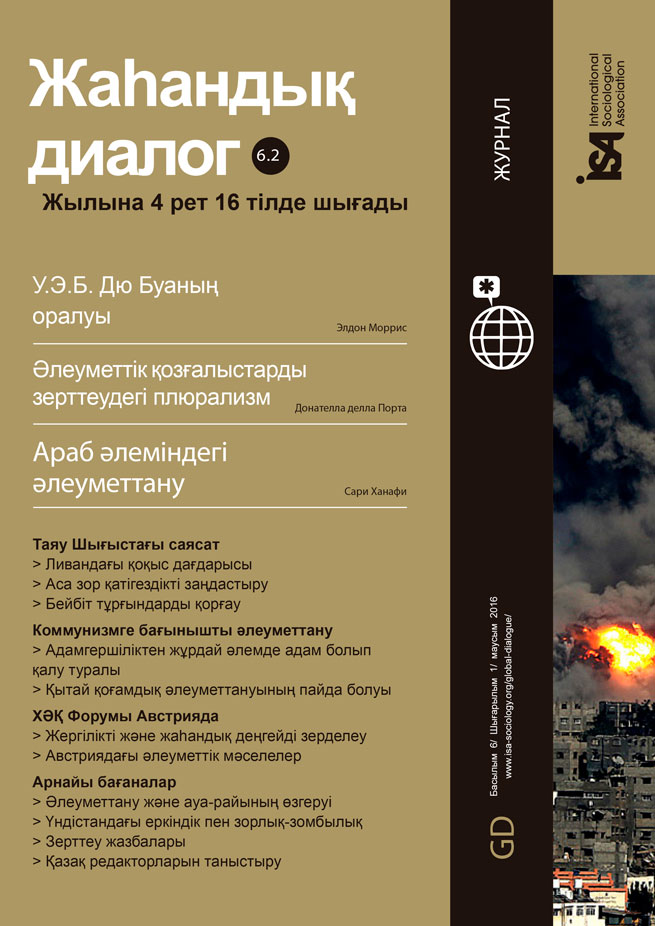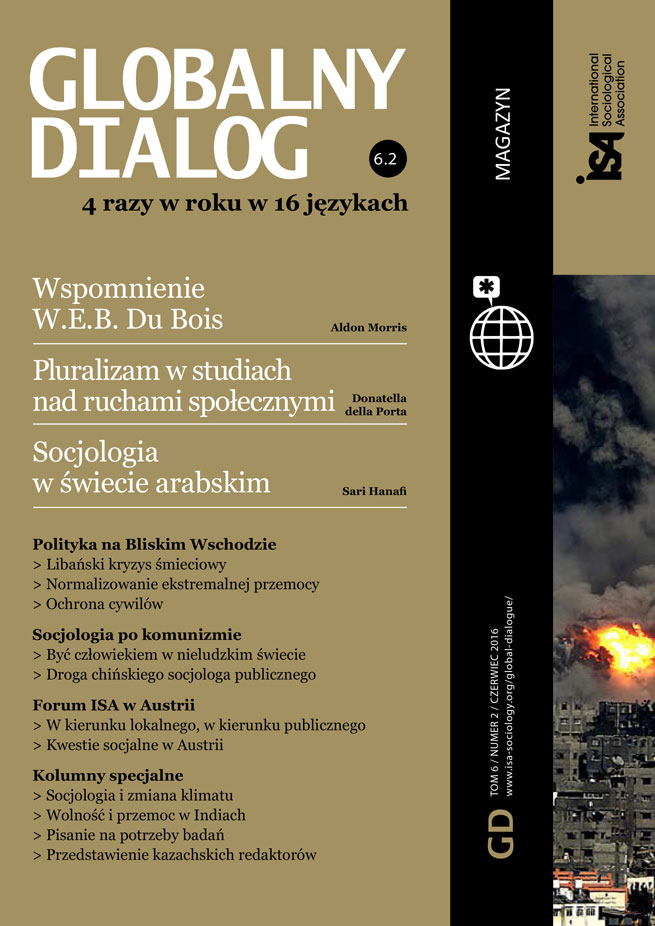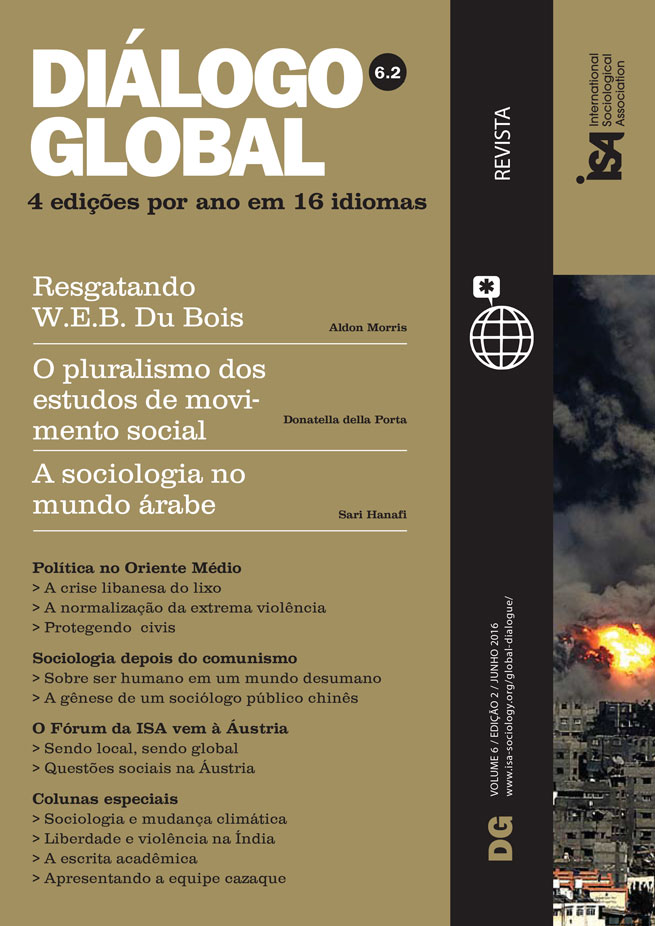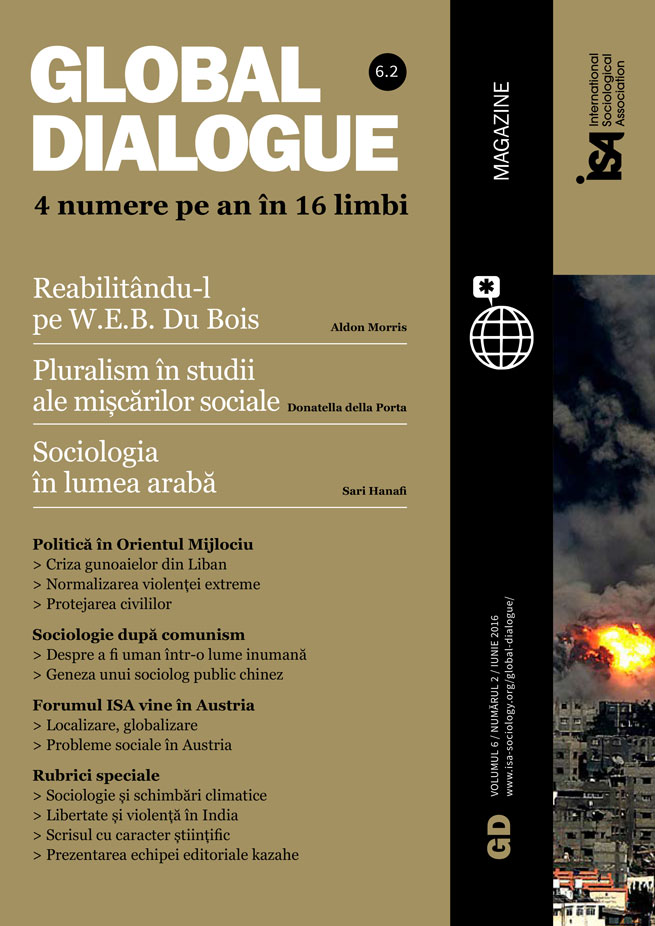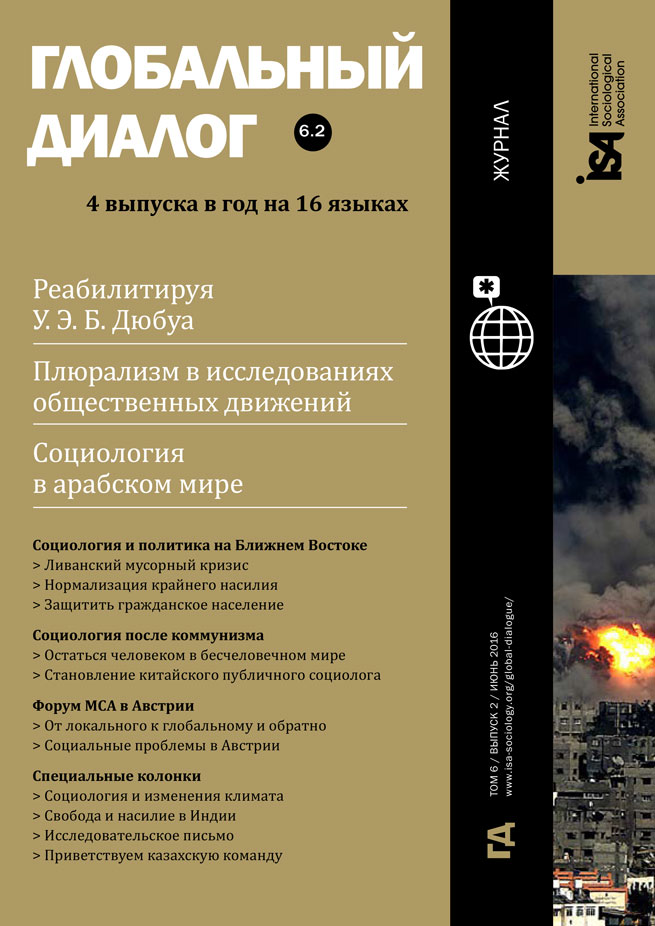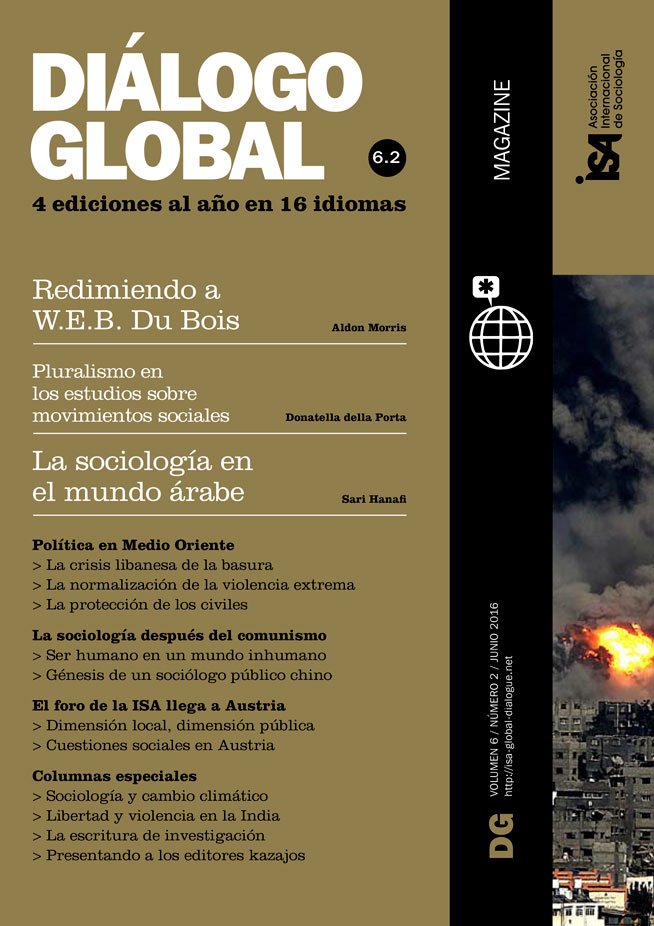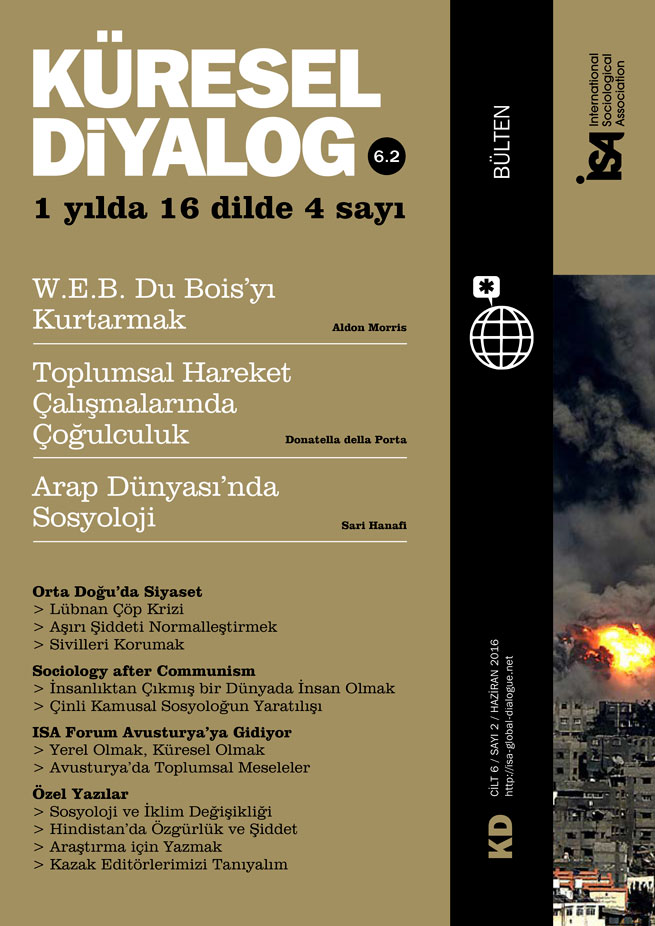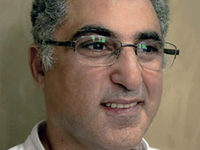The Biopolitics of the Lebanese Garbage Crisis
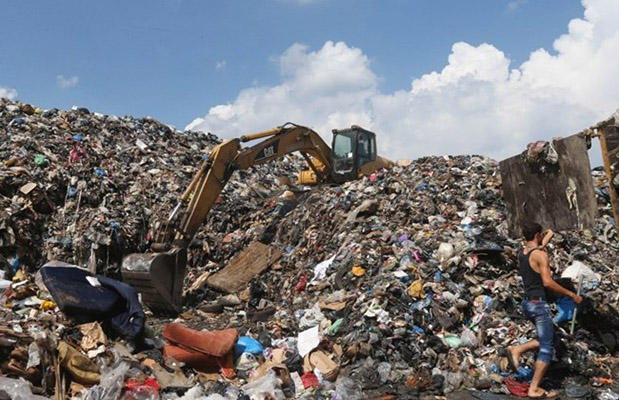
June 09, 2016
In August 2015, Lebanon’s protests, responding to a garbage crisis, transformed into a popular anti-corruption movement. The waste management crisis provides a lens into Lebanon’s biopolitics, revealing the ways Lebanon’s state and sectarian parties reflect and reinforce patterns of class and citizenship-based violence.
Beirut’s garbage crisis started in July 2015, as waste began to accumulate on city streets. The government had ended a long-standing contract with the waste collection company Sukleen – a relationship considered typical of Lebanon’s privatization patterns, in which government contracts have been shaped by elite political allegiances, corruption, and theft. The “You Stink” campaign, composed of middle-class civil society and social media activists, reached out to a larger public, including civil society organizations, student groups, leftist, anti-sectarian, and feminist collectives, mobilizing protesters by speaking to larger issues: corruption, nepotism, lack of public space, the abolition of the sectarian regime, and the enforcement of accountability for police violence.

More than 70,000 people participated in a key protest on August 29th. But a turning point occurred a week before, when You Stink’s organizers distanced themselves from protesters on the streets. The protests had taken a violent turn, and many were accused of being Moundassin – an Arabic word for thugs or infiltrators – and of sabotaging the nonviolent protest. You Stink even called on the authorities to crack down on “infiltrators” and “clean the streets” of violent protesters, claiming that these protesting youths were “thugs” from the Amal political party. In the following days many demonstrators (mainly leftists) challenged You Stink with slogans like “I am a Moundass” (“I’m an infiltrator”) and denounced the derogatory condescension inherent in the term Moundass – prompting You Stink’s leaders to issue an apology.
But the incident revealed a deep divide. In their use of Moudassin the Lebanese media, politicians and some activists reproduced a classist/racist discourse, dismissing protestors and emphasizing their “different physical appearance.” One Lebanese newspaper called them “dogs,” while others have dismissed them as “men with naked chests,” and “men with masks.” Some media affiliated with Sunni and Christian political parties claimed that protestors come from working-class Shiite neighborhoods like Khanda’ El Ghamik, and linked them to the Hizbullah party; others claimed that the protestors were Syrian and Palestinian refugees.
The response to protestors was brutal: riot police deployed weapons to destroy and detain their bodies. Armed with the label of Moundassin, the technology of dehumanization justified the use of violence against protesters from low-income classes and non-Lebanese backgrounds. Within the Lebanese biopolitical system, the so-called Moundassin – working-class and non-citizen subjects – are criminalized and left to die, in contrast to the privileged elites whose bodies are considered worthy of life, and are allowed to live.
Protestors responded by organizing and practicing informal forms of care to protect participants from police violence. After each wave of arbitrary detentions, sit-ins were spontaneously initiated in front of prisons, and repeated and transformed into practices of resistance. Sarcastic and humorous banners criticized the demonization and the use of the term Indiseis (infiltration). Some had written “Je suis Khanda’” (the name of the region from which the Moundassin were said to come from), “We are the Moundassin,” “#Indiseis,” “This is the revolution of Indiseis,” “Come and Indass and see how soft I am,” while others ridiculed undercover police “infiltrators” in the crowd.
This kind of reclamation of Moundass spread. When the head of Beirut’s Traders Association claimed that “communist” protesters (“that Russia vomited”) would destroy the economy and the country’s “civilized” face, protestors turned downtown Beirut into Souk Abou Rakhousa, “the market of the cheapo,” creating a big flea market in the illegally privatized, inaccessible, “fancy” space of downtown Beirut, attracting thousands of people collectively parodying the comments and entertaining themselves in the newly-reclaimed space.
What insights into Lebanese class system and citizenship can we glean from protests over city waste? Lebanon’s system of regulation allows political elites to benefit from bids on waste management; these elites are connected with the living population through a complex web of capitalist-economic relationships reinforced by political sectarianism. Biopolitics in Lebanon involve a neoliberal state and sectarian actors who convert life and elite bodies into superior economic categories, while subjugating and controlling non-elite bodies.
Most landfills are located in marginalized areas. In fact, Sukleen’s contract ended just as residents of the Na’ameh region blocked a road into a major landfill which has posed serious health hazards and ecological damage to the area since its opening in 1998. Although the government had promised to close it in 2004, it was still in use in 2015. Those living near the landfill are exposed to dangerous environmental hazards, to toxins and carcinogens, illustrating the relationship between class and the garbage crisis; the government and sectarian parties control the bodies of people living near landfills, exposing them to a slow death.
The patterns of dehumanization and police brutality and the environmental violence resulting from landfills exemplify the architecture of the Lebanese order that has been ruled by the same corrupted leaders for several decades. The garbage crisis and the accumulation of waste on the streets not only made the corruption of the political authorities more visible, but it also revealed the class and racial dimensions of violence that are deeply inscribed in the sectarian nation-state and its policies.
Nisrine Chaer, Utrecht University, The Netherlands <nisrine.chaer@gmail.com>

